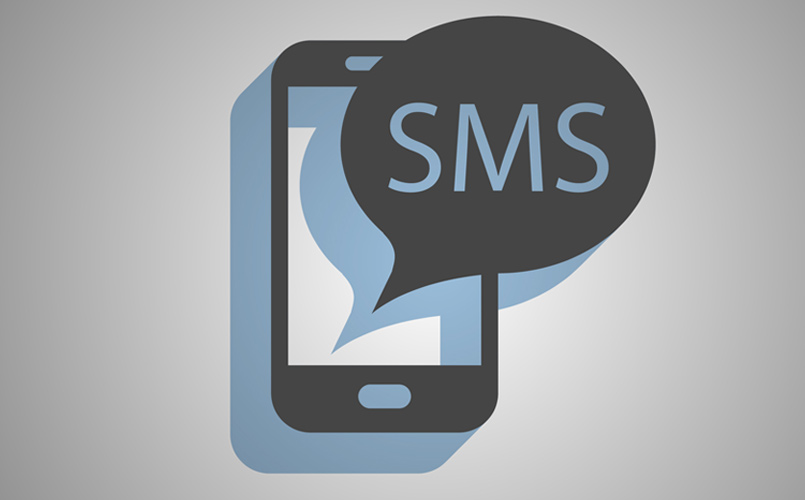What is an SMS Aggregator?

When a brand desires to send a text message to a customer using a wireless mobile carrier, the brand has to send the text message to the wireless carrier, and then the carrier has to forward that text message to their consumer. Large wireless carriers would definitely not want to deal with hundreds of thousands of brands sending text messages to them, and then having to forward those messages again to millions of subscribers. The wireless carriers basically don’t want to integrate with the brands or provide the customer support since it’s a great deal of work.
A lot of brands would definitely want to embark on text messaging campaigns, from small and medium size businesses to large companies. Since it is too much work for the wireless carriers to add to their already existing services, the role of SMS aggregators was adopted. SMS aggregators were created to serve as a functional intermediary between brands and wireless carriers.
There are only a handful of SMS aggregators in the United States, and they serve the function of standing in between the brands and the wireless carriers. So, if a brand wants to send text messages to its customers, instead of sending the message first to different wireless carriers for different customers, the brand just has to find a means to connect all those different wireless carriers. An SMS aggregator actually does all that work for the brands.
Therefore, a brand only has to send an SMS to an aggregator and the aggregator will figure out which wireless carrier has that phone number, and then forward it off to the right wireless carrier. The SMS aggregators found that it was too time-consuming and tasking to deal with hundreds of thousands of messages from brands all the time, so they decided to incorporate software providers into the digital text messaging chain. This brought about the emergence of SMS Software providers.
Software service providers basically sit between the brand and the SMS aggregator. As an SMS aggregator, you are usually required to sign huge contracts since it is a very complex setup; you have to have huge volume commitment for your messaging volumes per month, which a lot of brands can’t hit themselves. So, an SMS software provider will work with thousands of brands and business outfits. The software providers will send messages for the brand, making it unnecessary for the brand to actually connect to the SMS aggregator, which is a complex and time-consuming process. SMS software providers will then send the messages to the SMS aggregator who will then send them off to the appropriate wireless carriers. The wireless carriers will finally send the messages to the actual subscribers.
Therefore, in most cases, marketing text messages follow quite a lengthy path while moving from the brand to the final consumer. The messages pass through SMS software providers, SMS aggregators and wireless carriers before finally reaching the final consumer.
(Inspired by Tatango)
